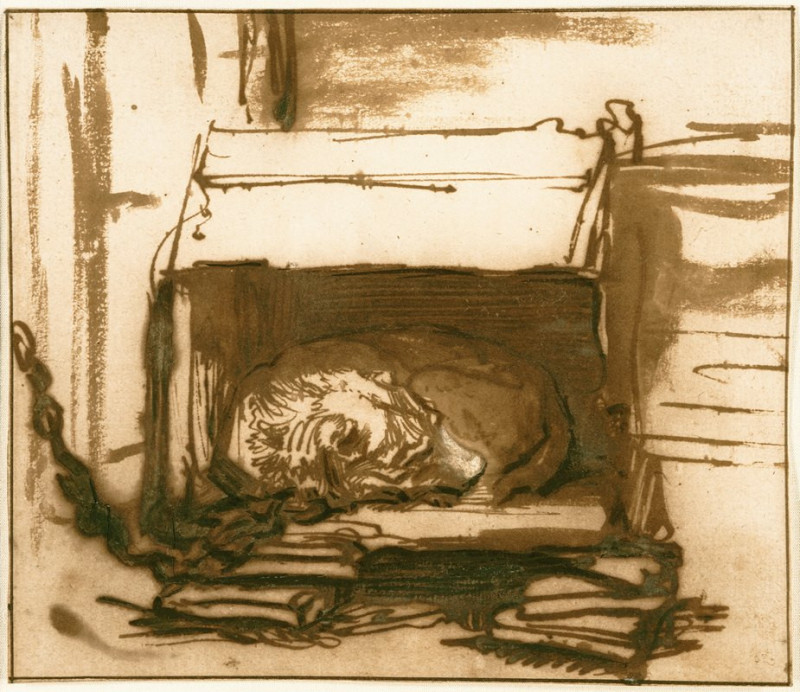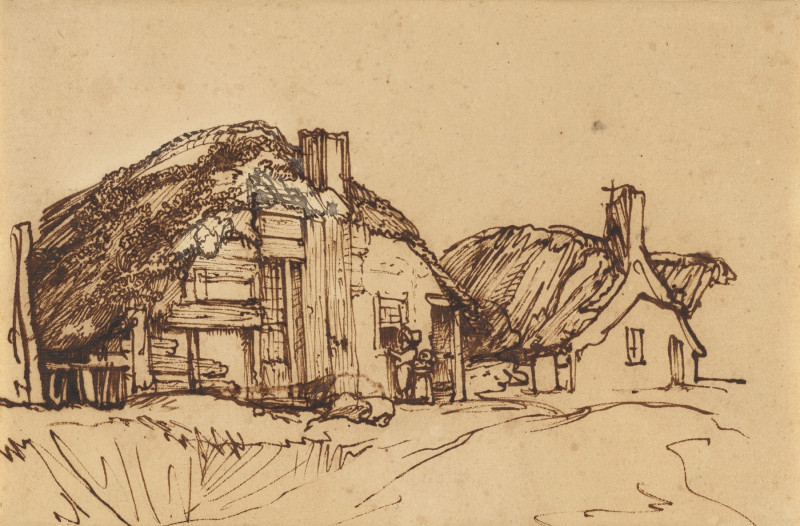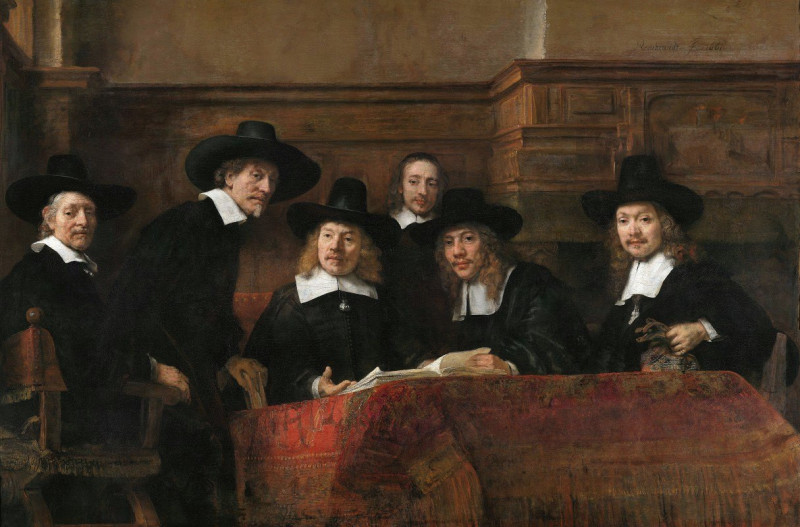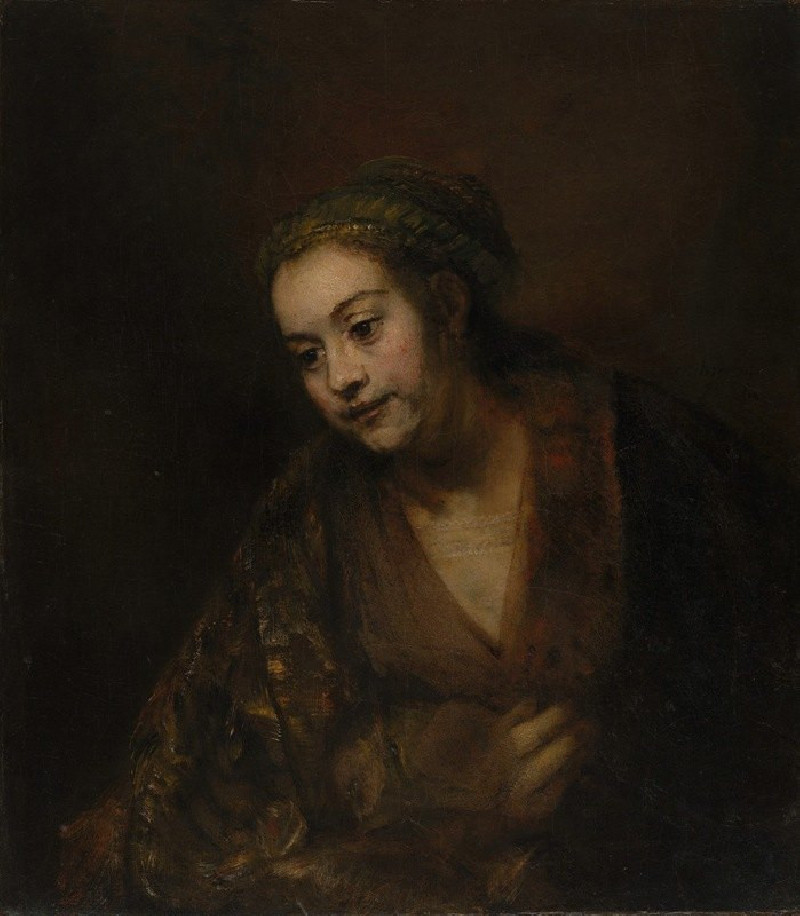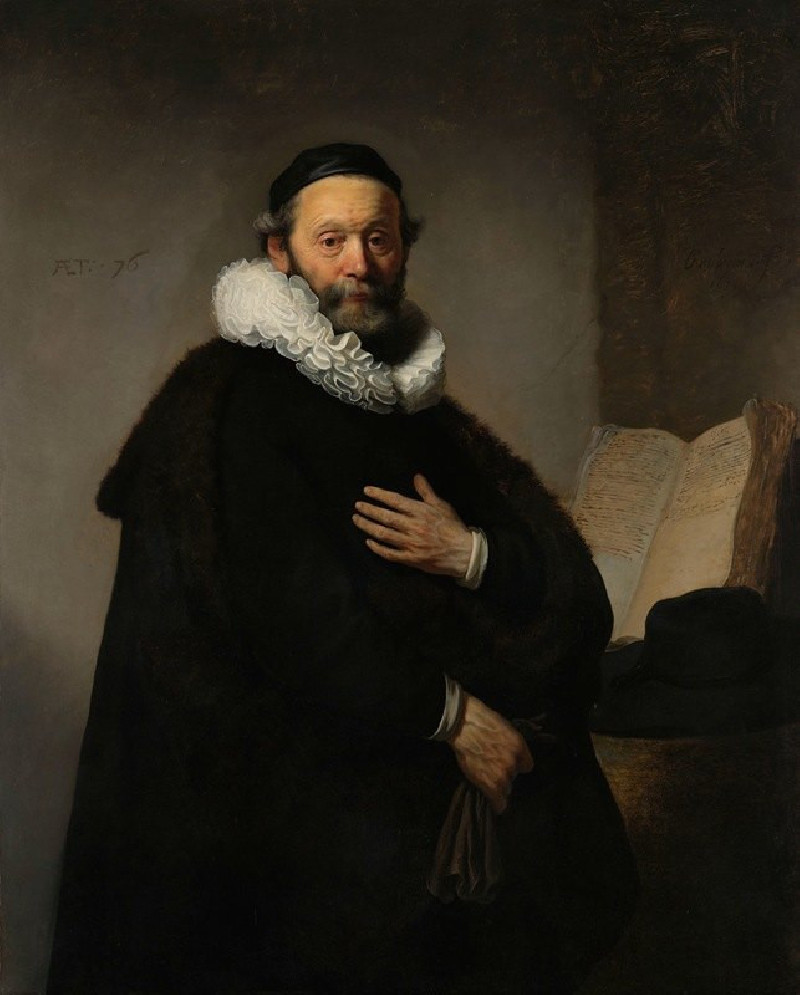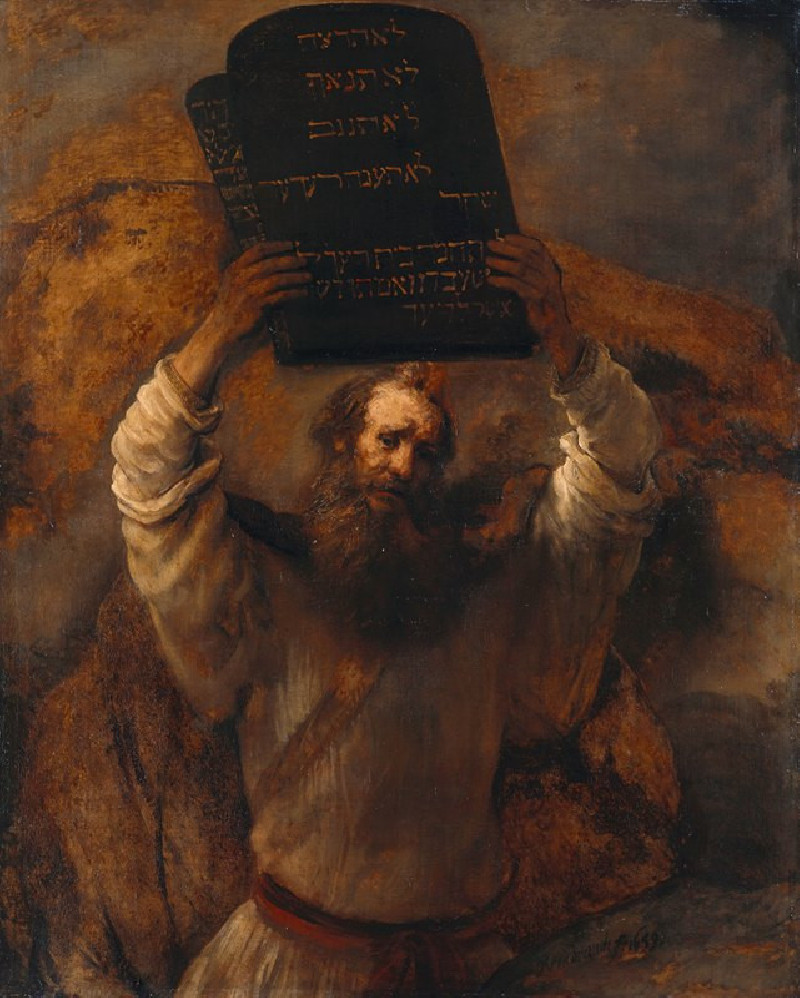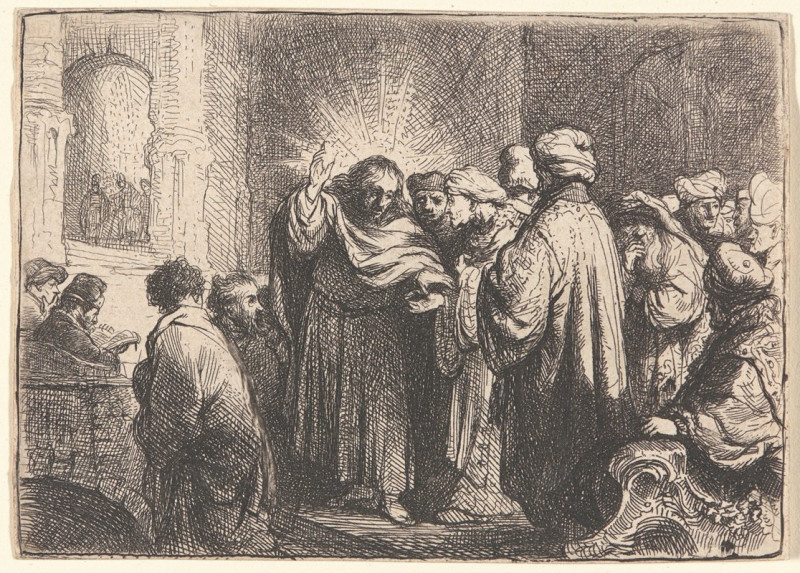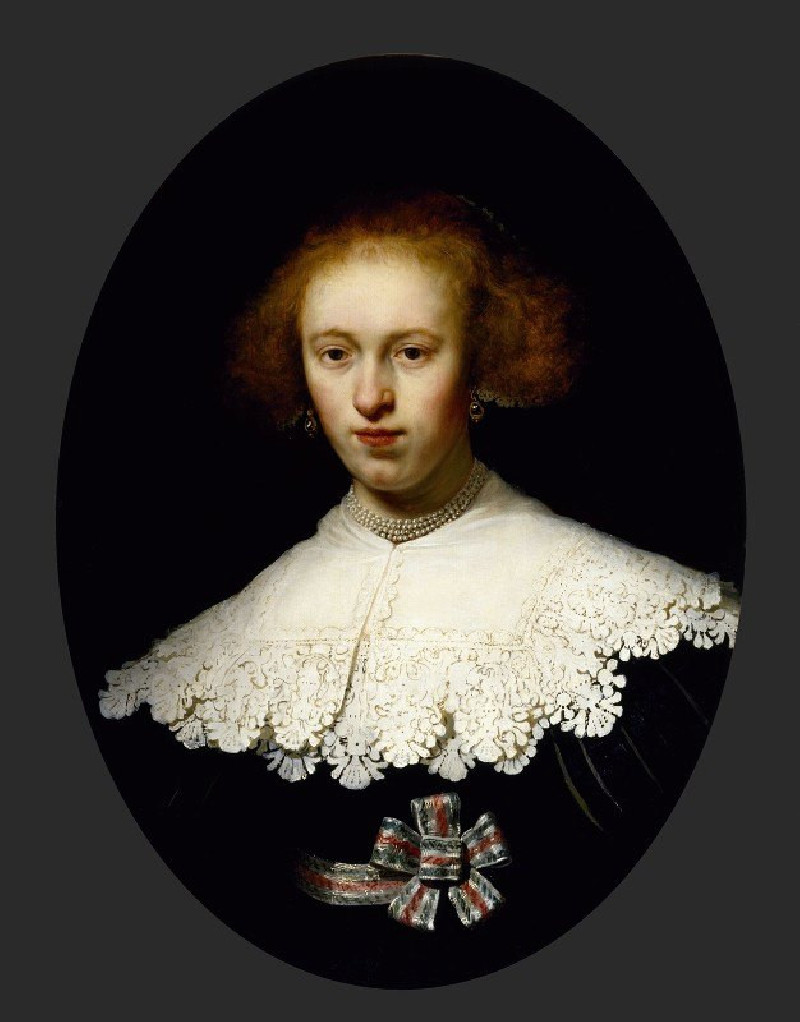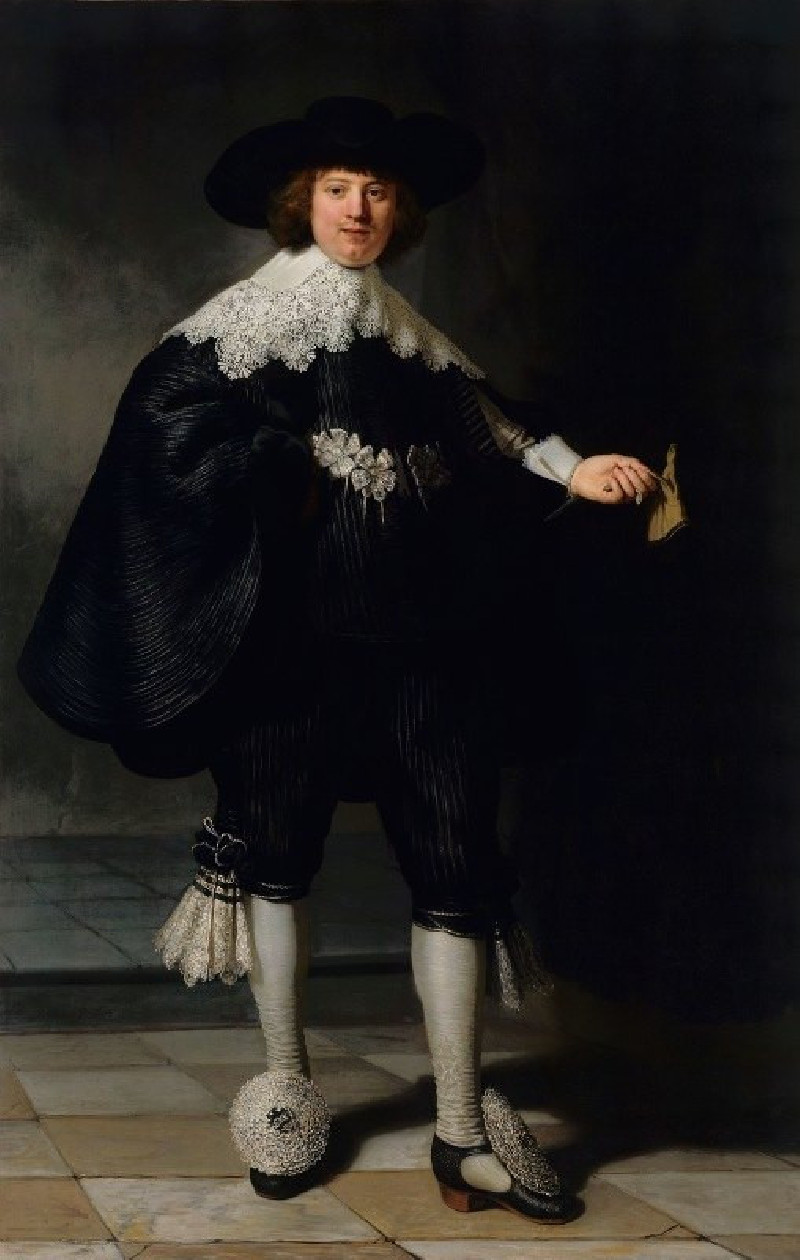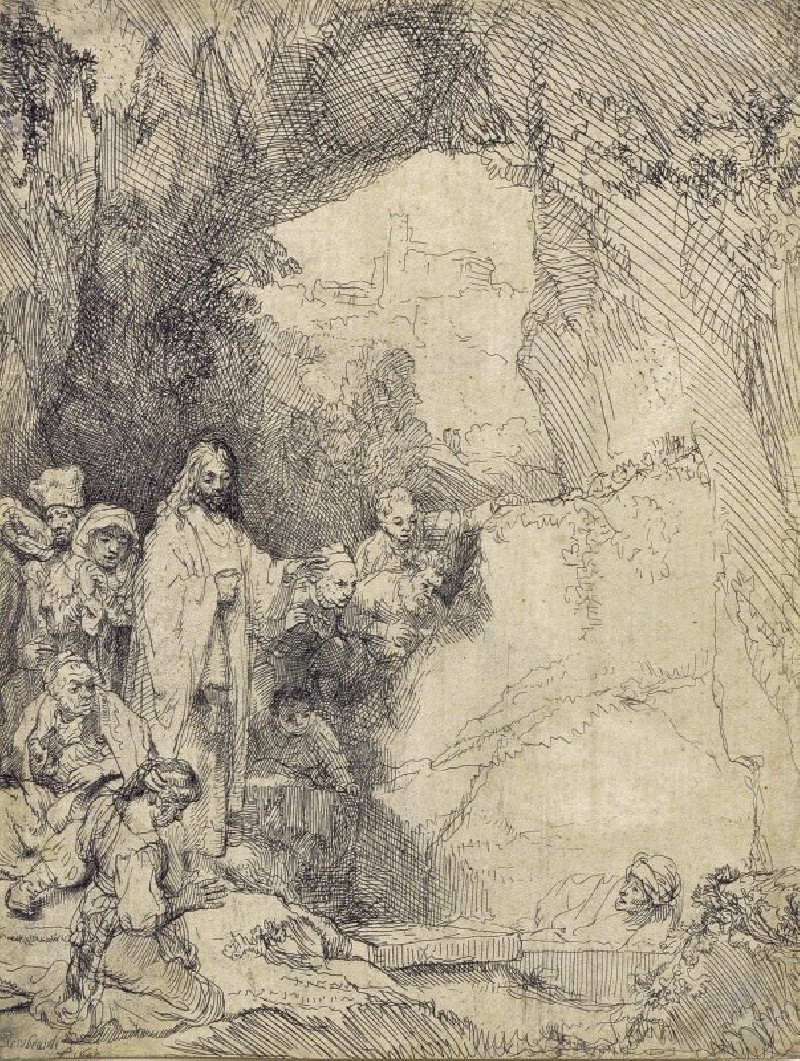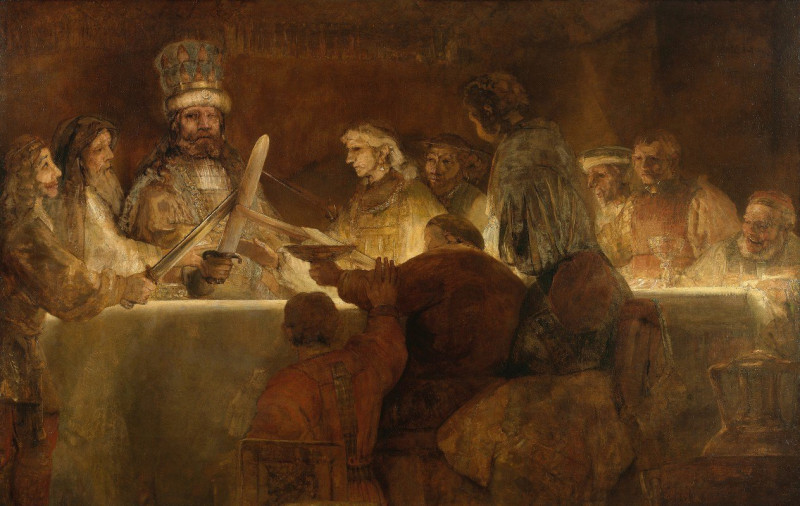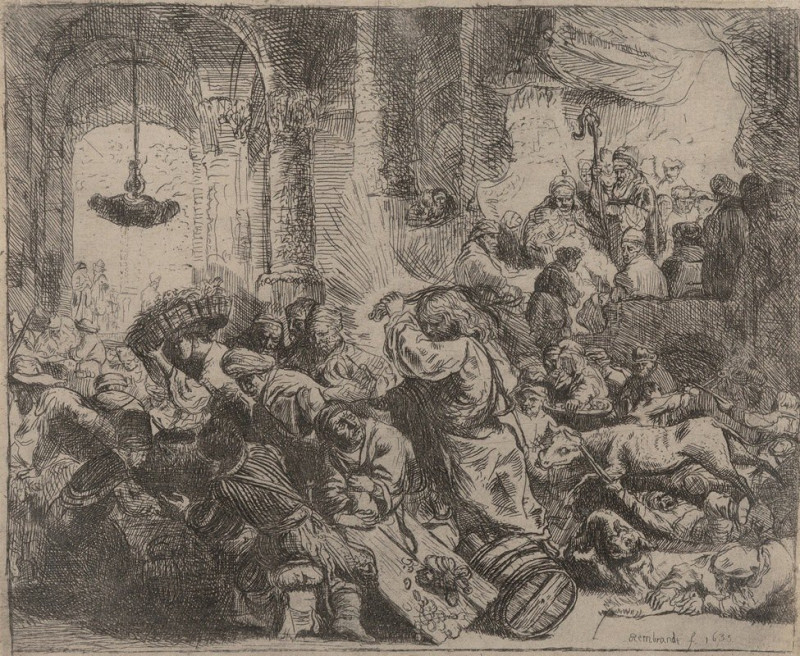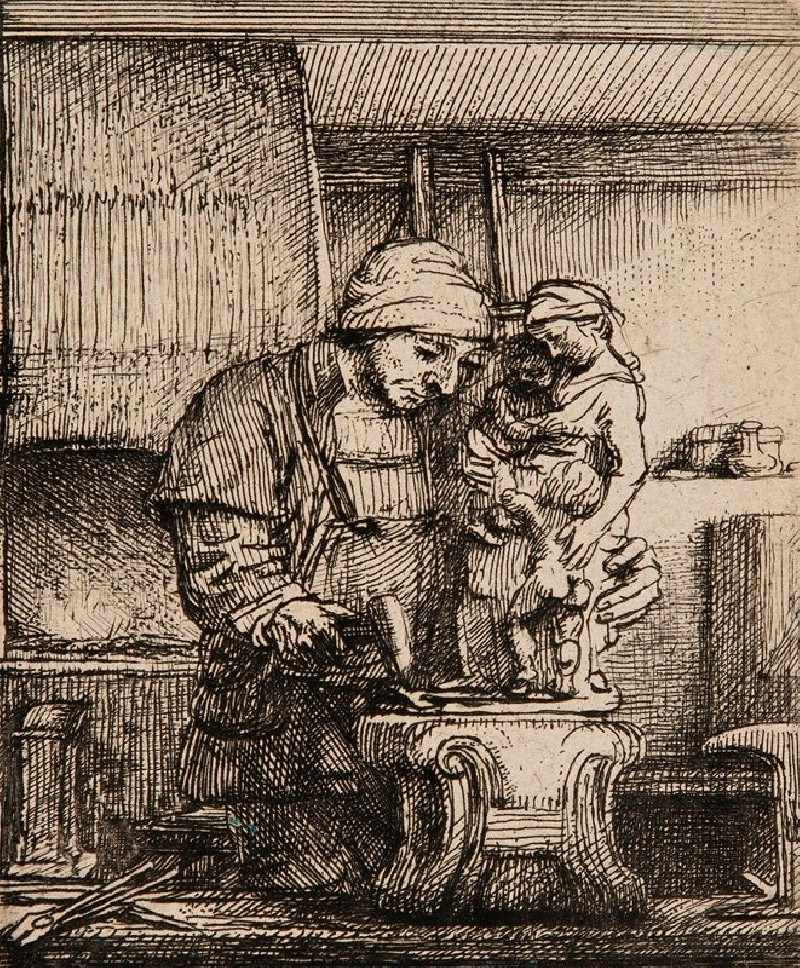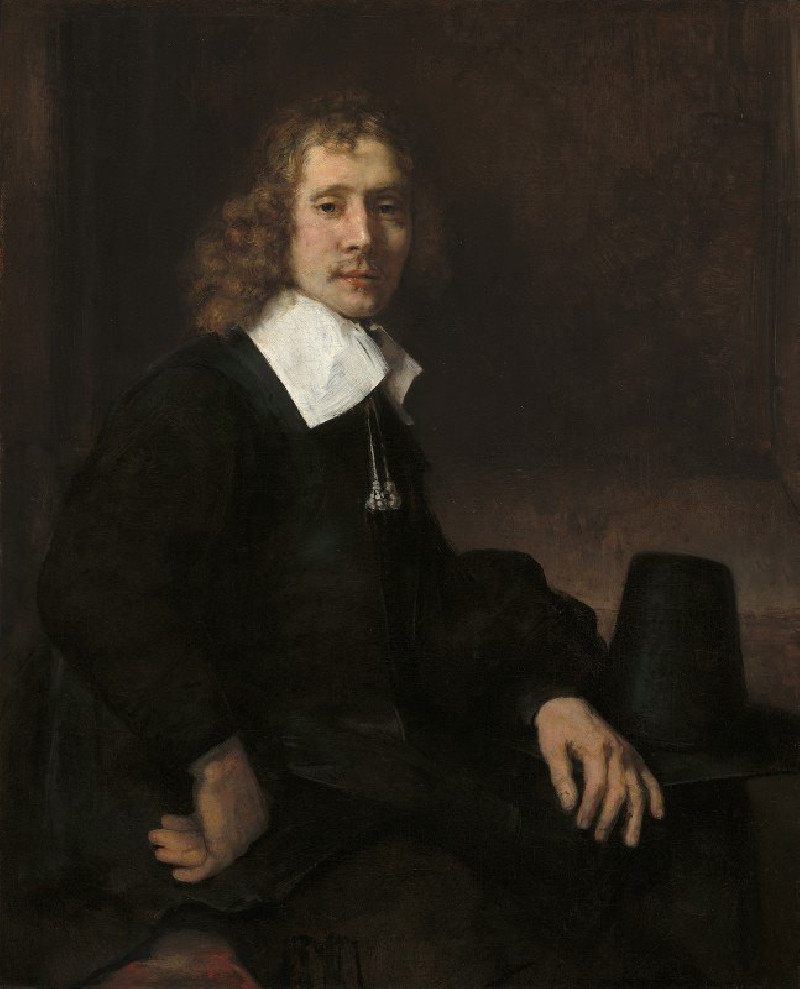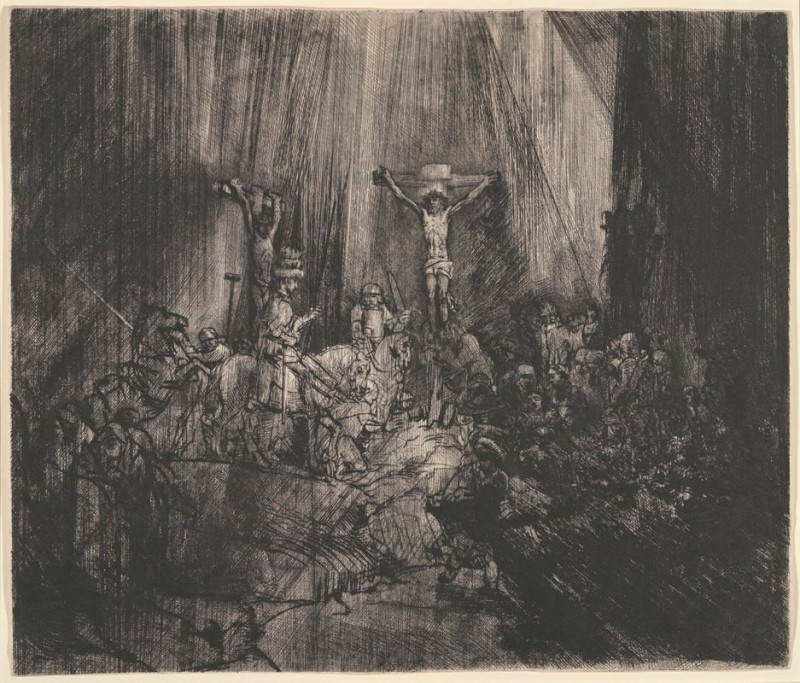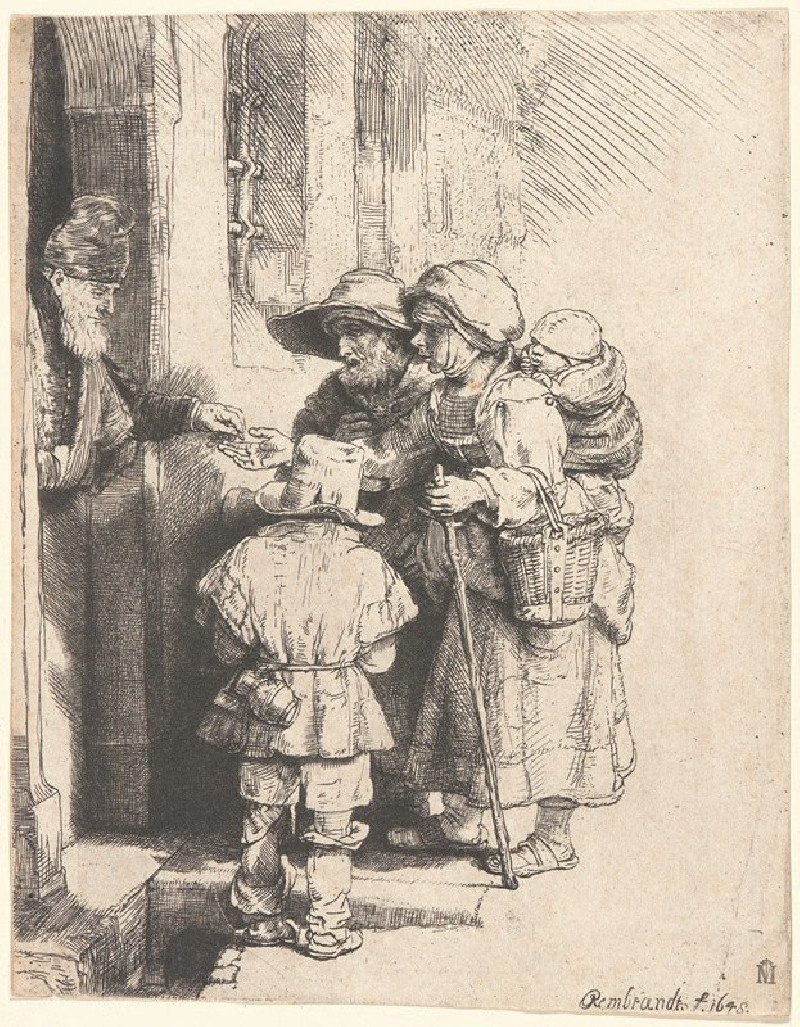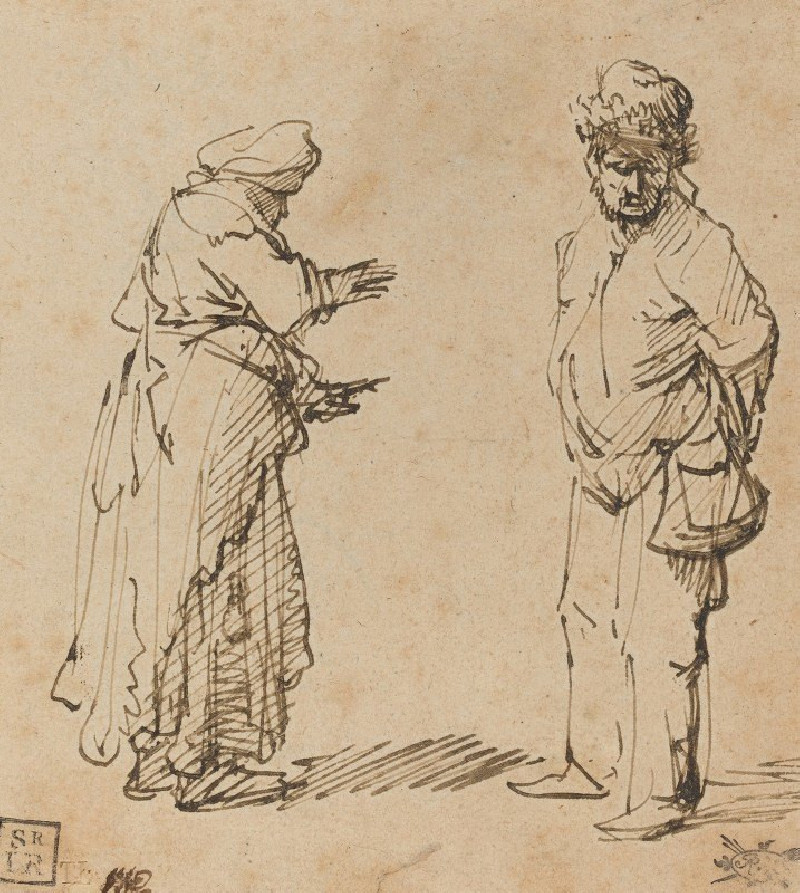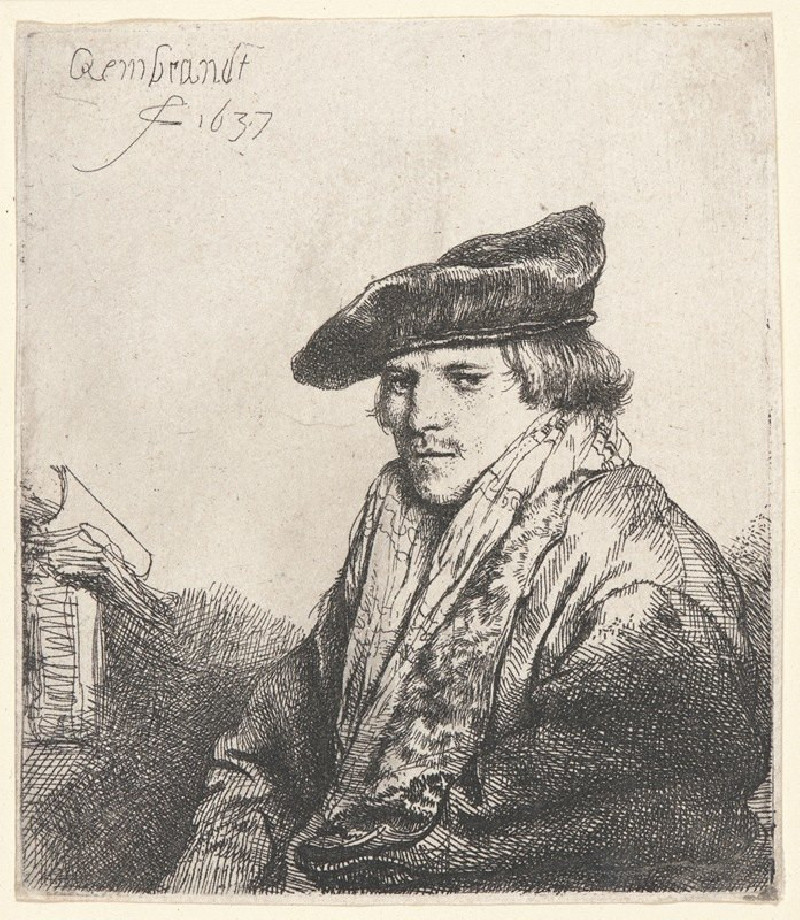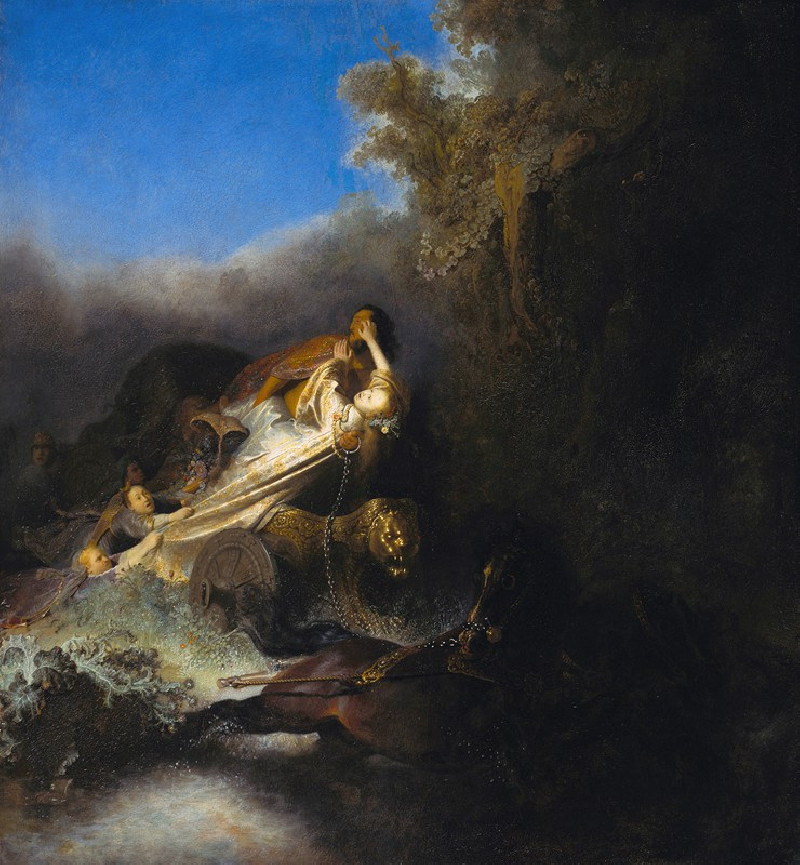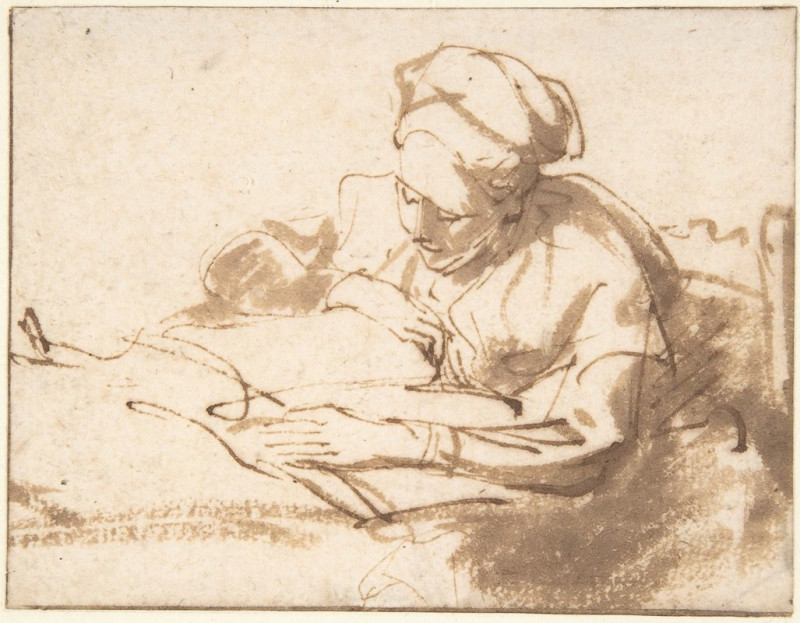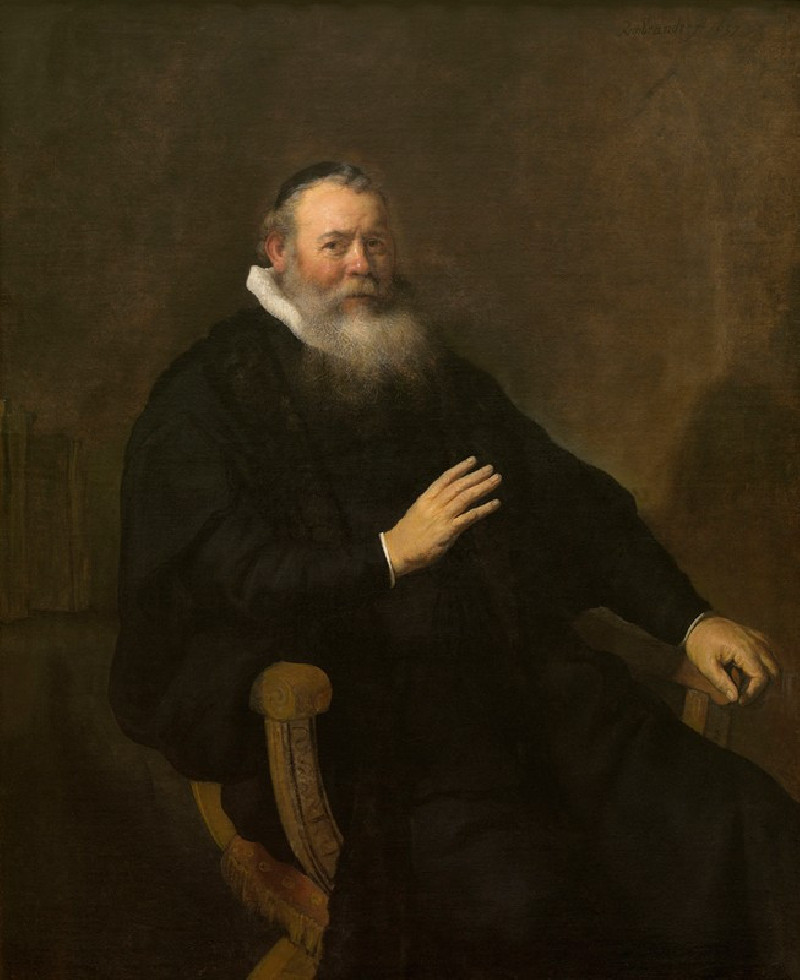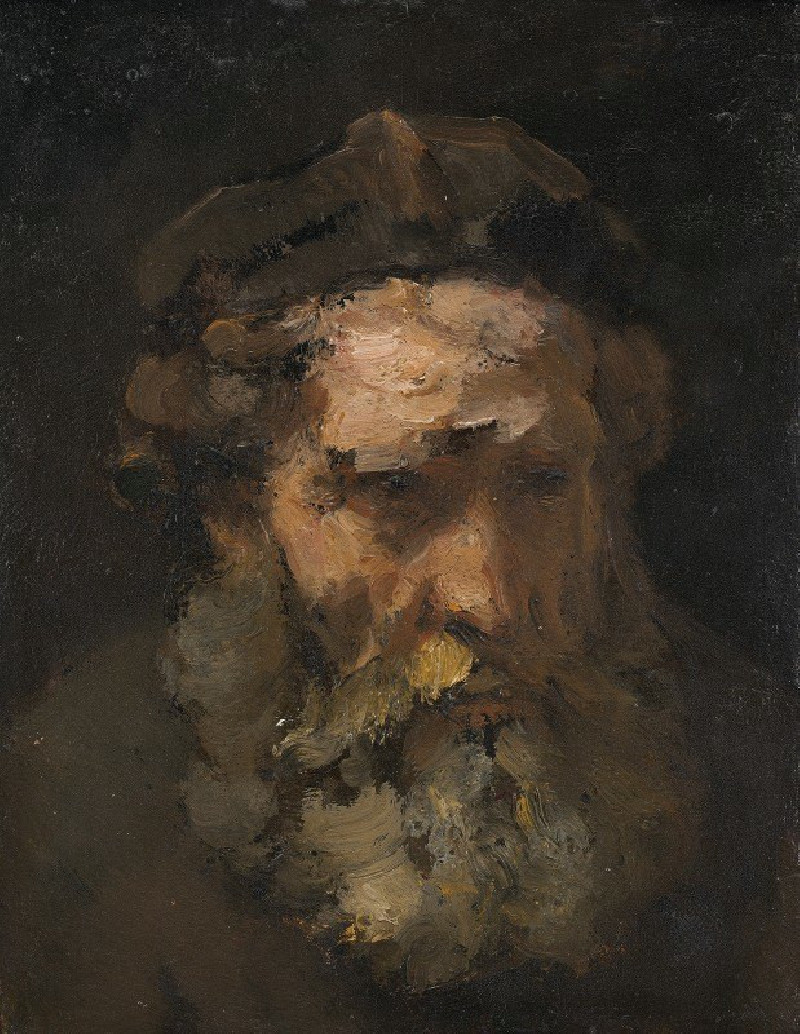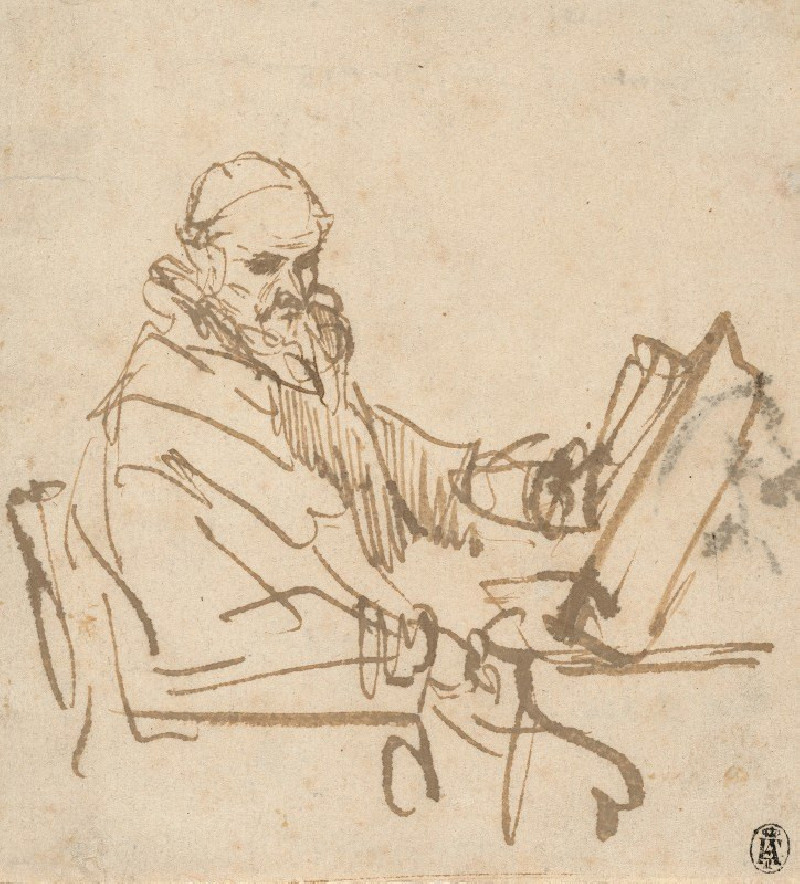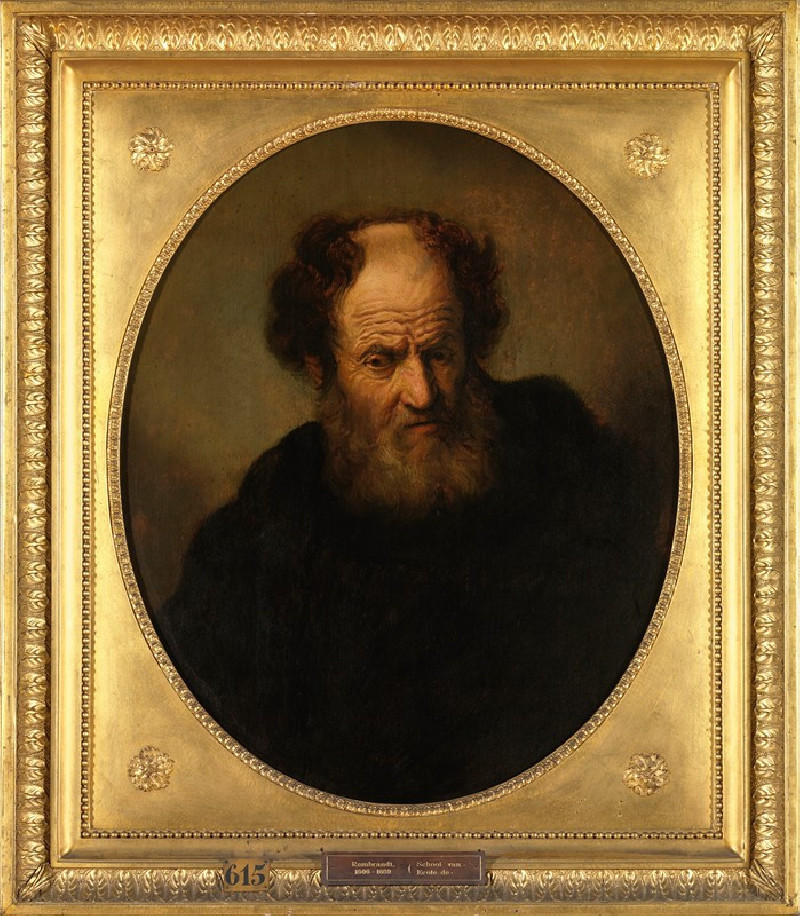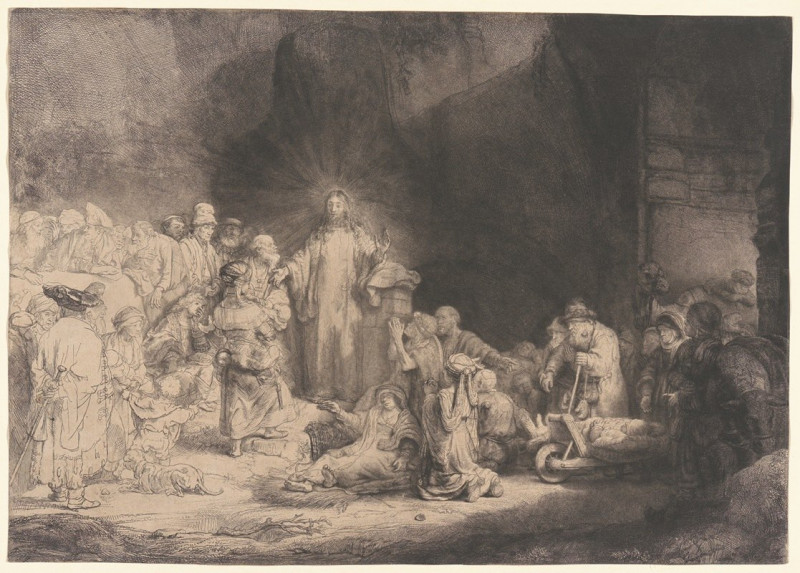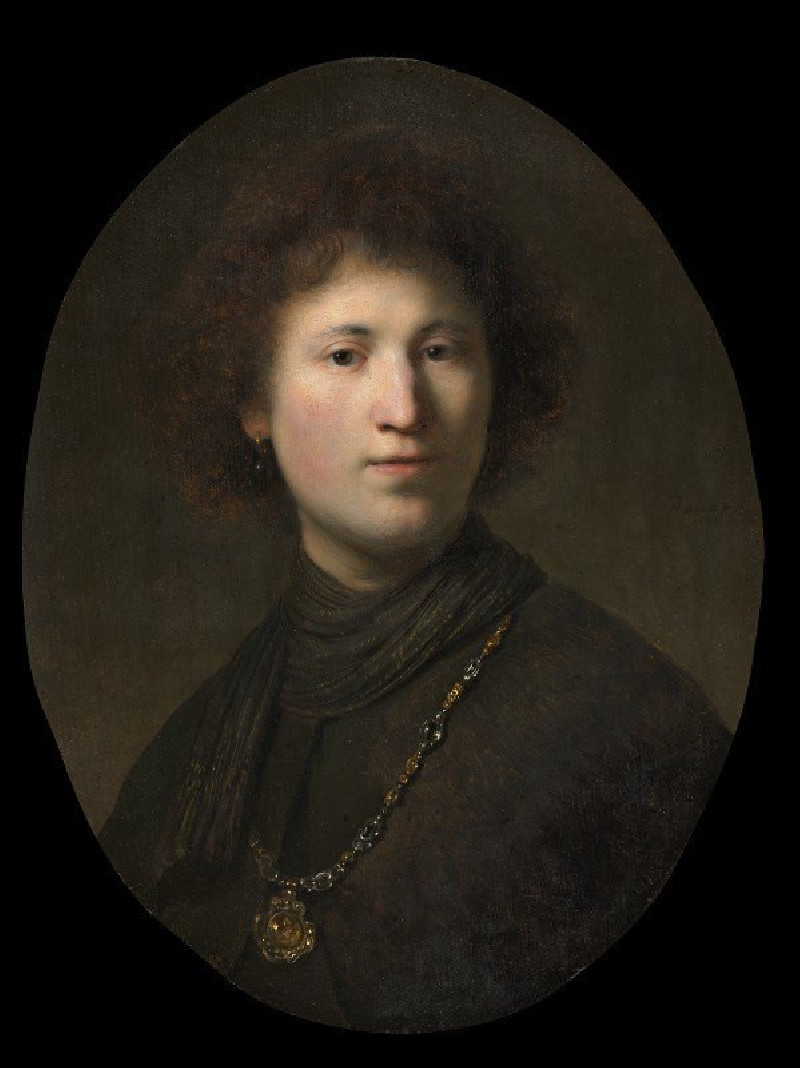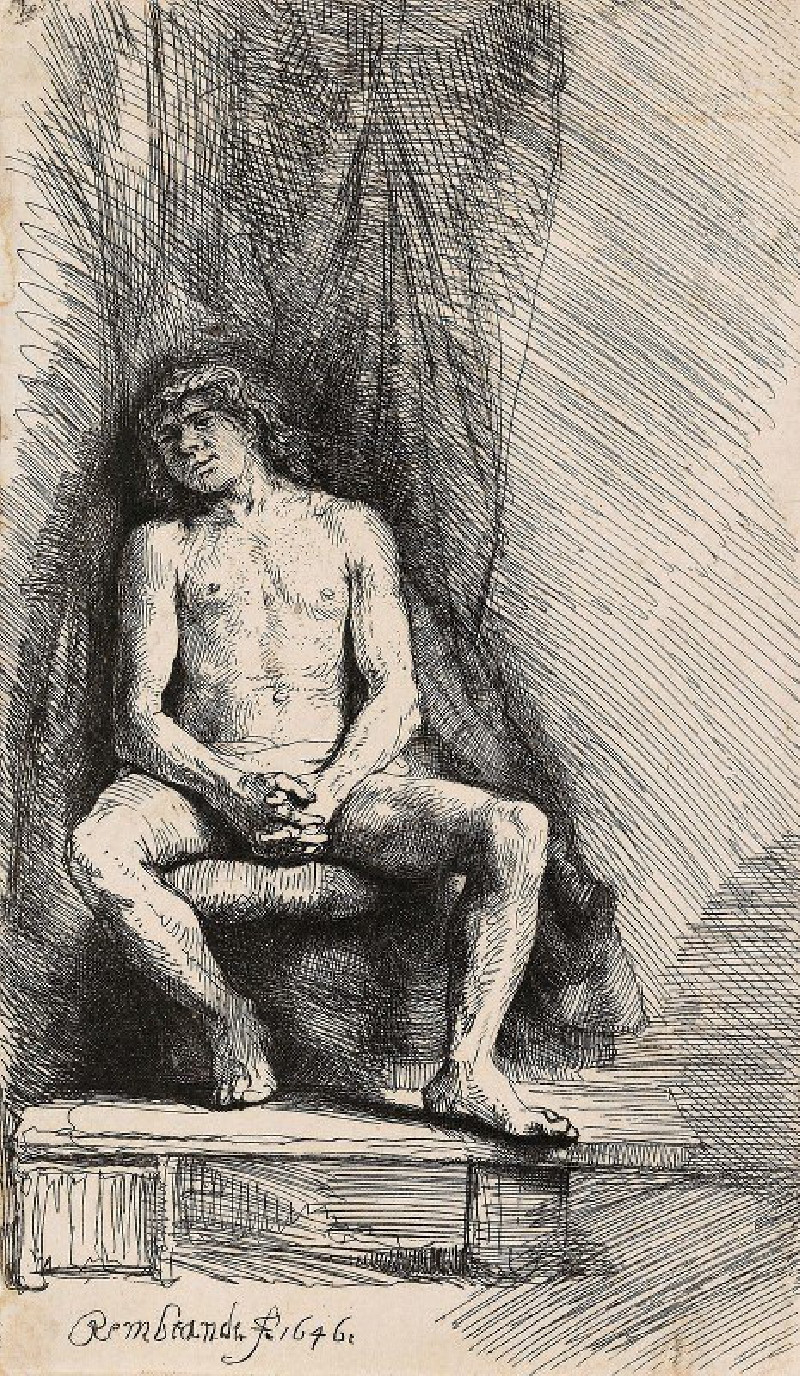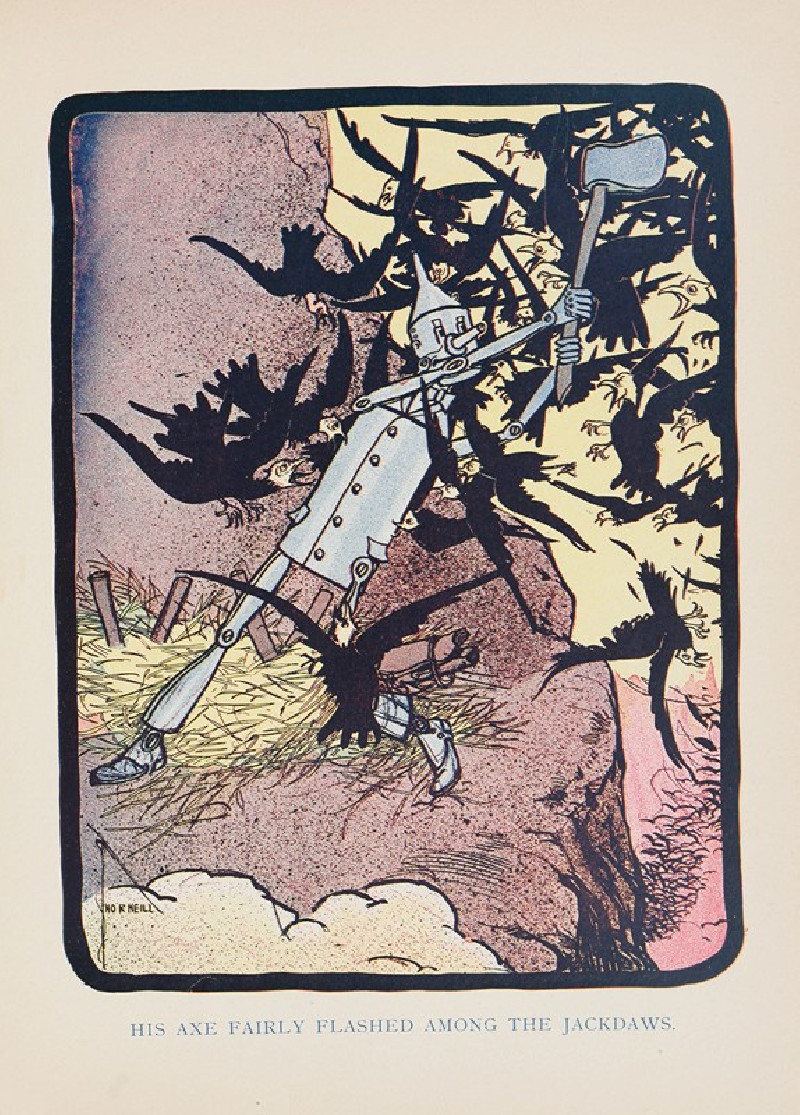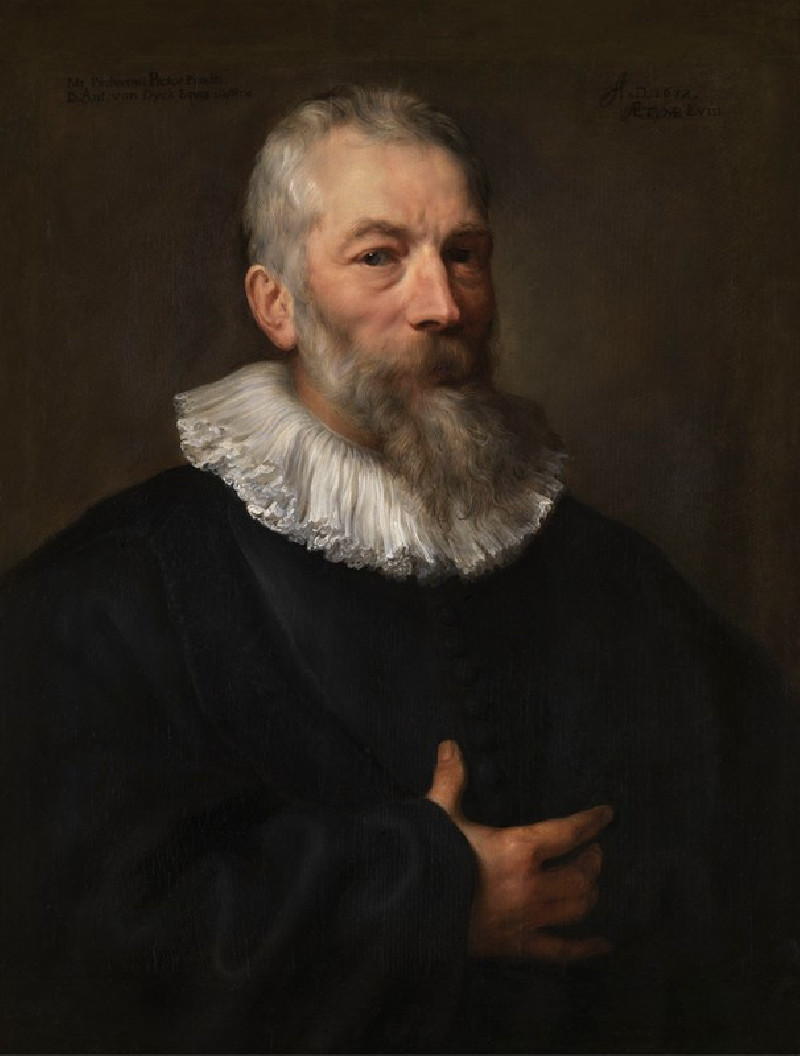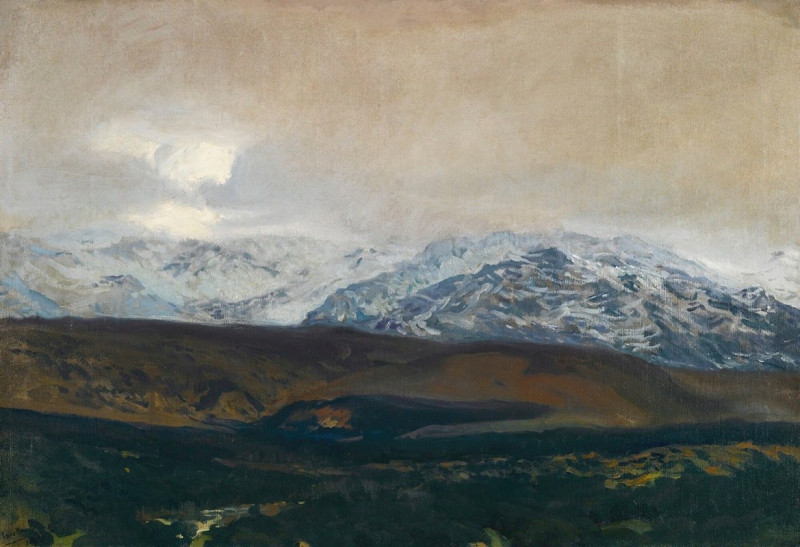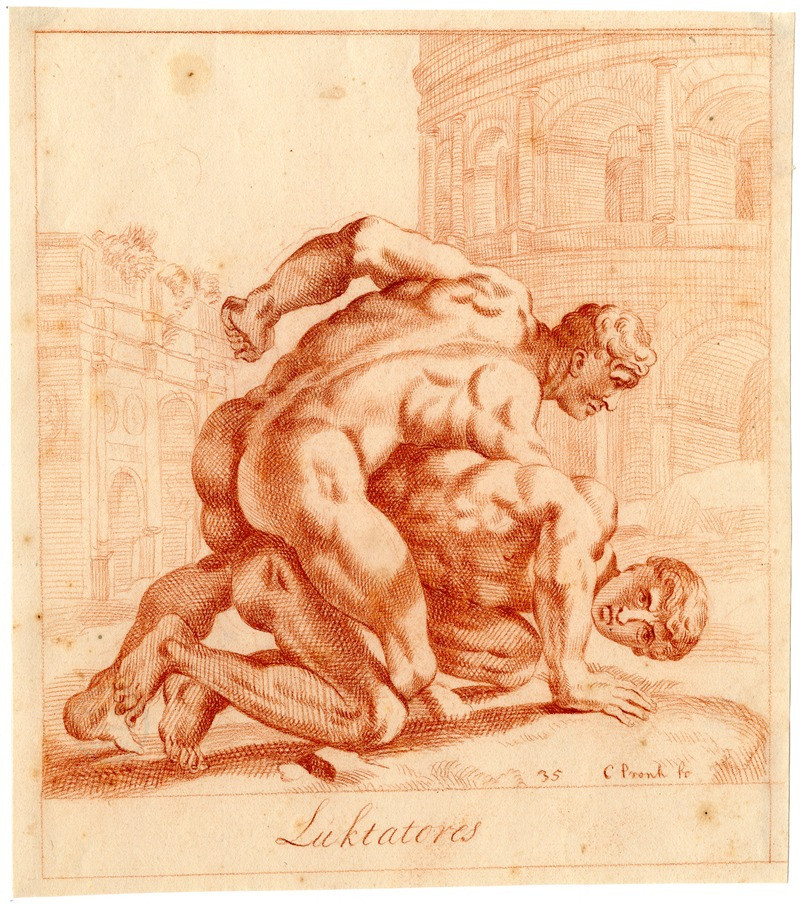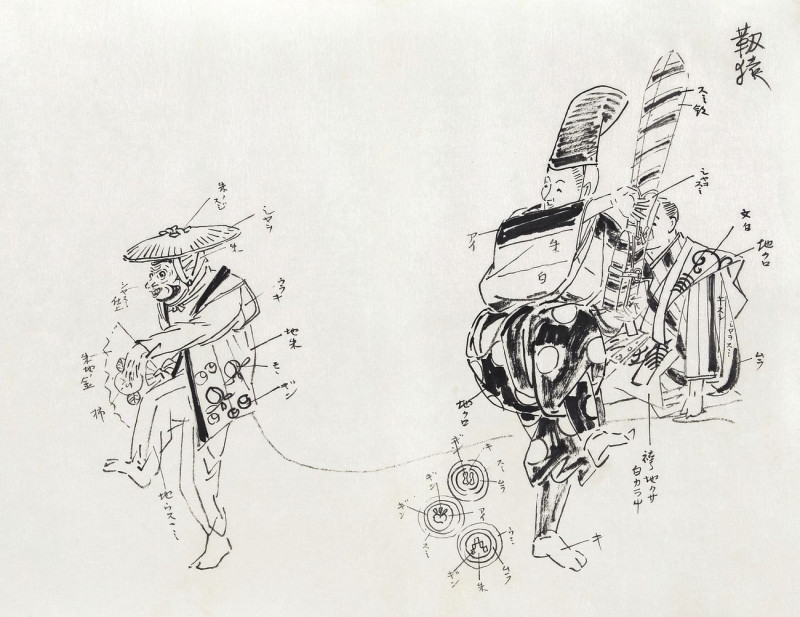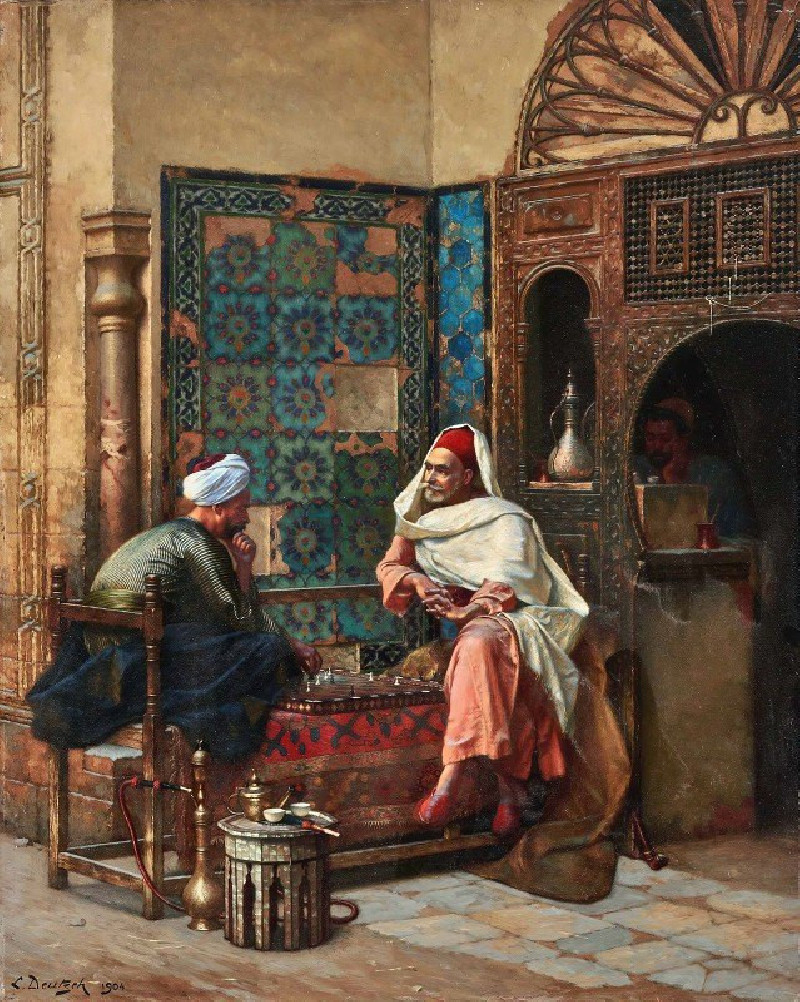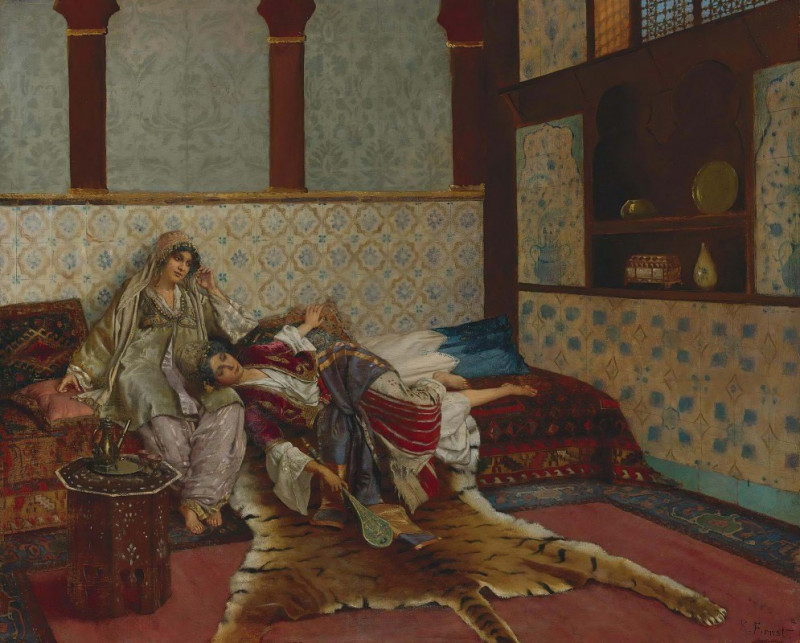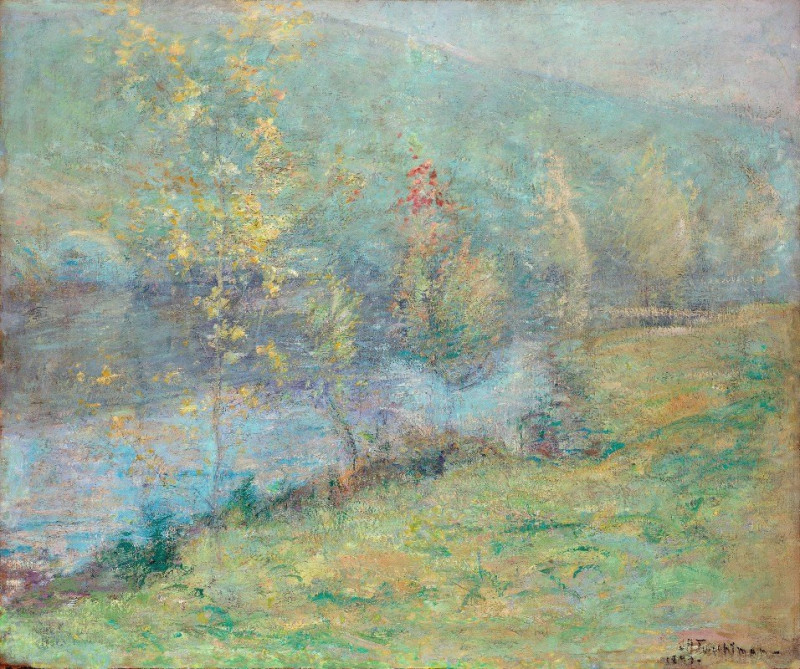Sleeping Watchdog (1637 - 1640)
Technique: Giclée quality print
Recommended by our customers
More about this artwork
In the evocative work "Sleeping Watchdog" by Rembrandt van Rijn, the Dutch master captures a tranquil, yet profound moment depicting a watchdog at rest. Created between the years 1637 and 1640, this piece is a remarkable demonstration of Rembrandt's expertise in playing with light and shadows to evoke mood and narrative depth in seemingly ordinary scenes.The etching portrays a dog curled up asleep in a rustic kennel, its body relaxed and at peace. The kennel, represented with lightly sketched lines and washes, creates a humble shelter that frames the canine figure. Rembrandt's use of chiaroscuro is evident here as he contrasts the darkness of the interior with the softly illuminated outer edges touched by external light, suggesting a doorway that leads into the dog's resting place.This image engages viewers by highlighting a universal moment of rest and vulnerability, even in a creature meant to be vigilant and alert. Rembrandt visualizes the quiet dignity of his subject in repose, using his signature technique to draw attention to the textures of the dog's fur and the rough materials of its bedding."Sleeping Watchdog" is not just a study of a resting animal but also an intimate reflection on tranquility and the mundane yet touching aspects of everyday life.
Delivery
Returns
Rembrandt Harmenszoon van Rijn was a Dutch draughtsman, painter, and printmaker. An innovative and prolific master in three media, he is generally considered one of the greatest visual artists in the history of art and the most important in Dutch art history. Unlike most Dutch masters of the 17th century, Rembrandt's works depict a wide range of style and subject matter, from portraits and self-portraits to landscapes, genre scenes, allegorical and historical scenes, and biblical and mythological themes as well as animal studies.

